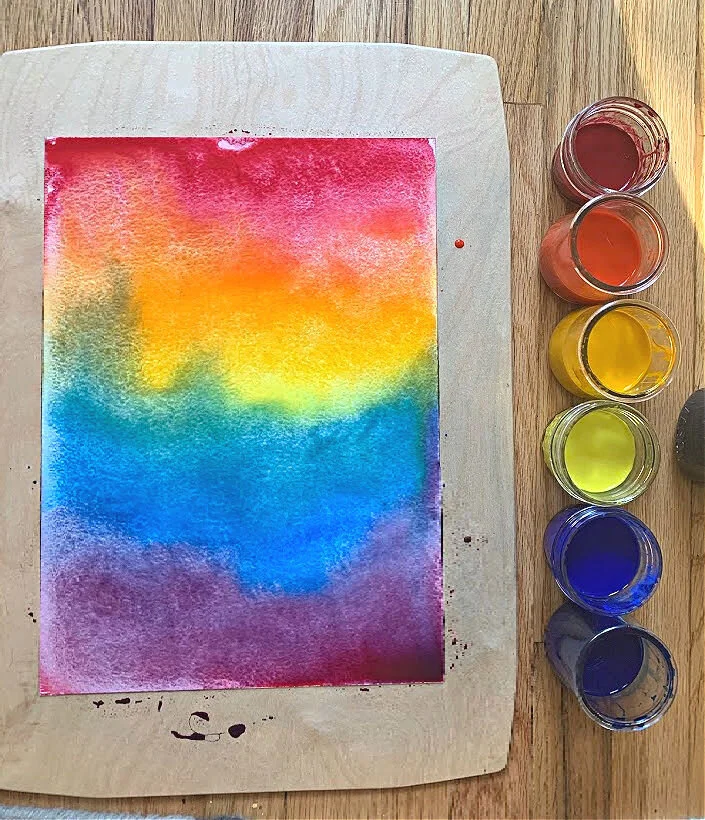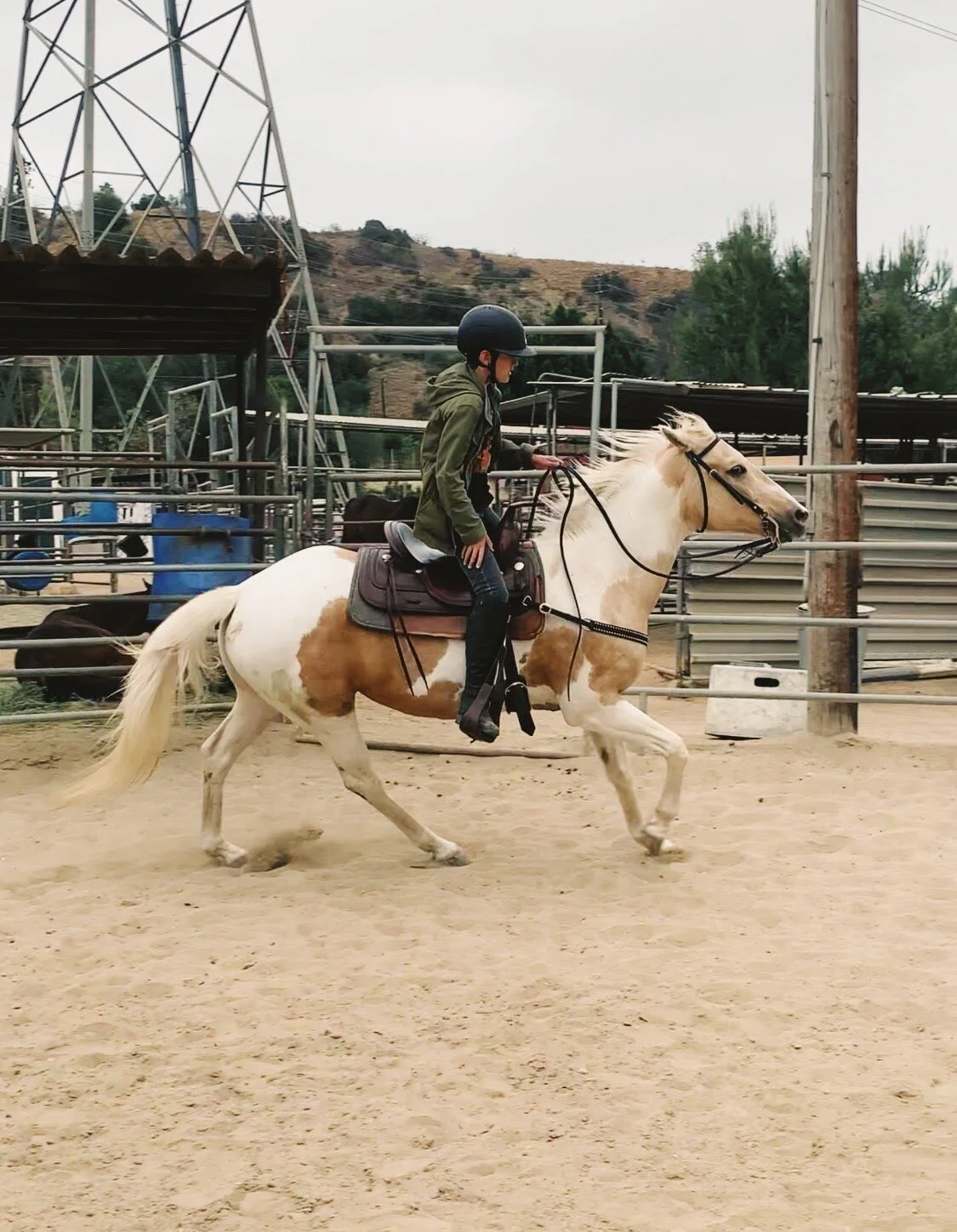Waldorf Grade Two Painting: Coming into Form
What forms can we find in the color?
In first grade, the experience of painting becomes a formal and rhythmical experience.
Colors are introduced very slowly and purposefully; each is given a personality and mood. The unfolding of color in this way allows the children to build a connection to each as individuals. In the Grade One painting course, the colors carmine red, lemon yellow, and ultramarine are introduced and worked with through the use of verse and song. (To learn more about first grade painting and the philosophy behind it, click here!)
“Forms by themselves are of course stationary; they are motionless and stay where they are. But the moment the form has color the inner movement of the color sets the form in motion and the world’s ripples, spiritual ripples, pass through it. If you color a form you immediately give it a soul quality of a universal kind, because the color belongs to more than just the form...”
How does watercolor painting evolve with the growing second grader?
At this age, it is important to keep in the mind the child as they are now.
They are very much living in the innocence of early childhood and beginning to move away from it as they grow. First graders view the world in their wholeness and purity, while the growing second grader has a new capacity to see human nature in duality- the higher nature of humans, and the less virtuous parts of us as well.
Beautiful mountains in simple colors!
As the second grader views the world through a new lens, story becomes the main tool the teacher (whether they are in the classroom or at home) uses to introduce and build connection with color. With the stories of Noble People, animals, and fables, the teacher is meeting the child where they are, showing them the different aspects of how human beings can live and influence the world in which we live. These stories are examples of how humans can choose to act in their higher nature, and not live in the more “animal” nature of mischievous or dark aspects of the human being.
“...The color the individual form is given links it up with its surroundings; in fact it links it altogether in the world. You could say that when you color a form you should feel that what you are doing to the form is ensouling it. You are breathing soul into dead form when you give it color.
-Rudolf Steiner”
At this age, children still have rich and active imaginations, and with story and verse, the essence of colors are introduced, allowing the children to forge a connection with the color on a deep level. Carmine red is strong and fiery, golden yellow is warm, and stronger than the lemon yellow, and prussian blue has a new and more individual quality than the ultramarine, especially when it meets another color on the page.
Beautiful tulips from our second grade painting course.
The meeting of these new secondary colors is a new and essential experience for the second grader.
The children view not only how colors are as they stand alone, but how they are as they meet. How do they relate to each other? To their peers? What combinations create something beautiful or murky? Here again holds the theme of duality that the second grader is beginning to experience within themselves and observing in the world around them.
With duality, the second grader begins to paint forms- landscapes, the ocean, sunrises and sunsets, streams, and more. Through painting, the world comes into form, for example, the shades of blue become the waves of the ocean, the yellows form into happy flowers, and the reds flames of fire. As the child forms, and views the world, so does their experience in painting class.
Are you interested in bringing watercolor painting to your (home)school curriculum? Check out our Grade One and Grade Two painting courses! Our amazing instructor Amanda Mercer has created online courses that provide everything you need to make weekly painting lessons a doable, fun, and meaningful experience.
About the Author
Amanda Ziadeh Mercer is a dynamic Waldorf Teacher! She has had the pleasure of working with children in varying stages of development, ranging from infants in Parent-Child programs to the more mature students of the eighth grade. This wide range of experiences has gifted her a full picture of the developmental stages of childhood.
More from Waldorfish:











